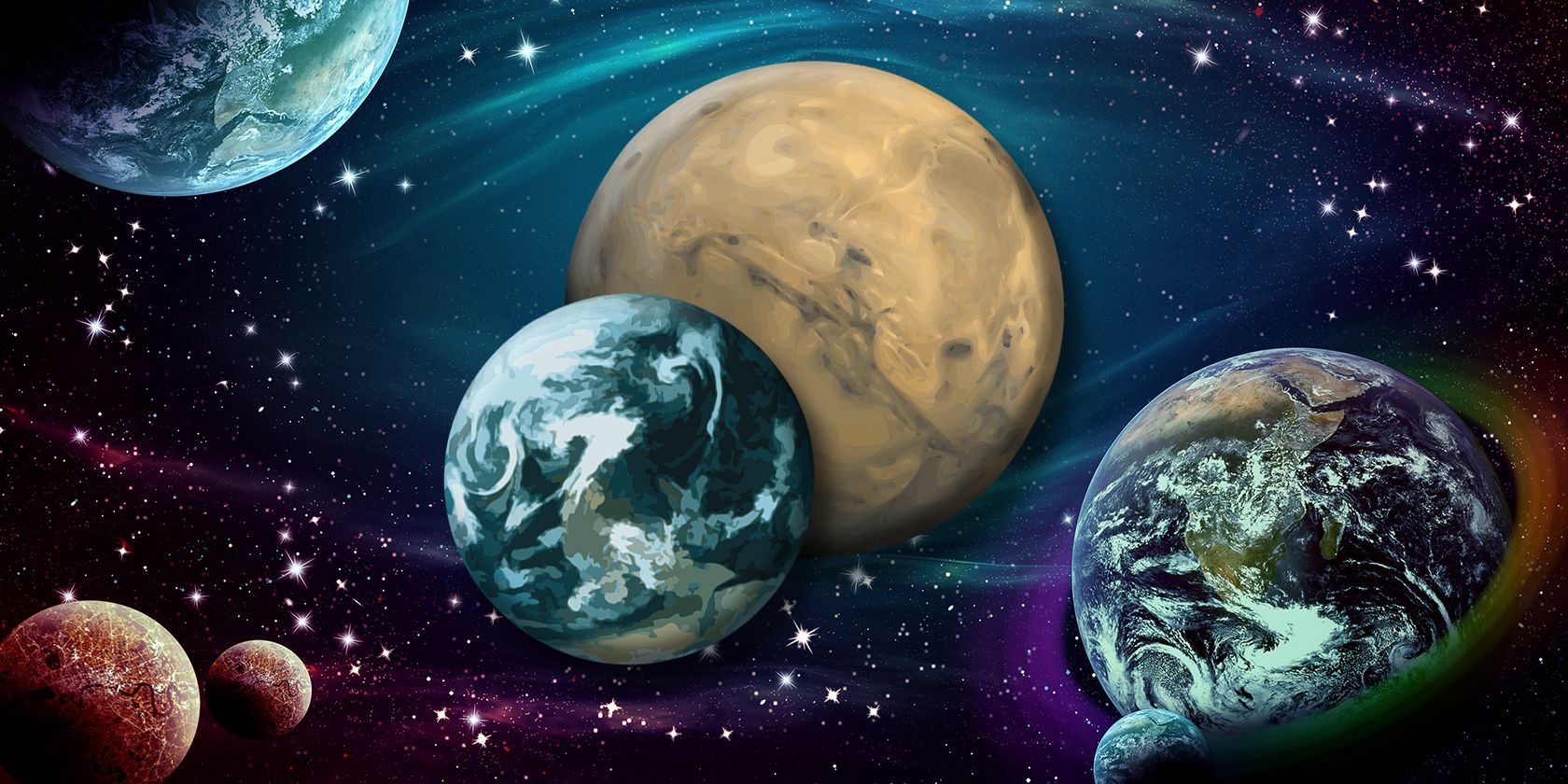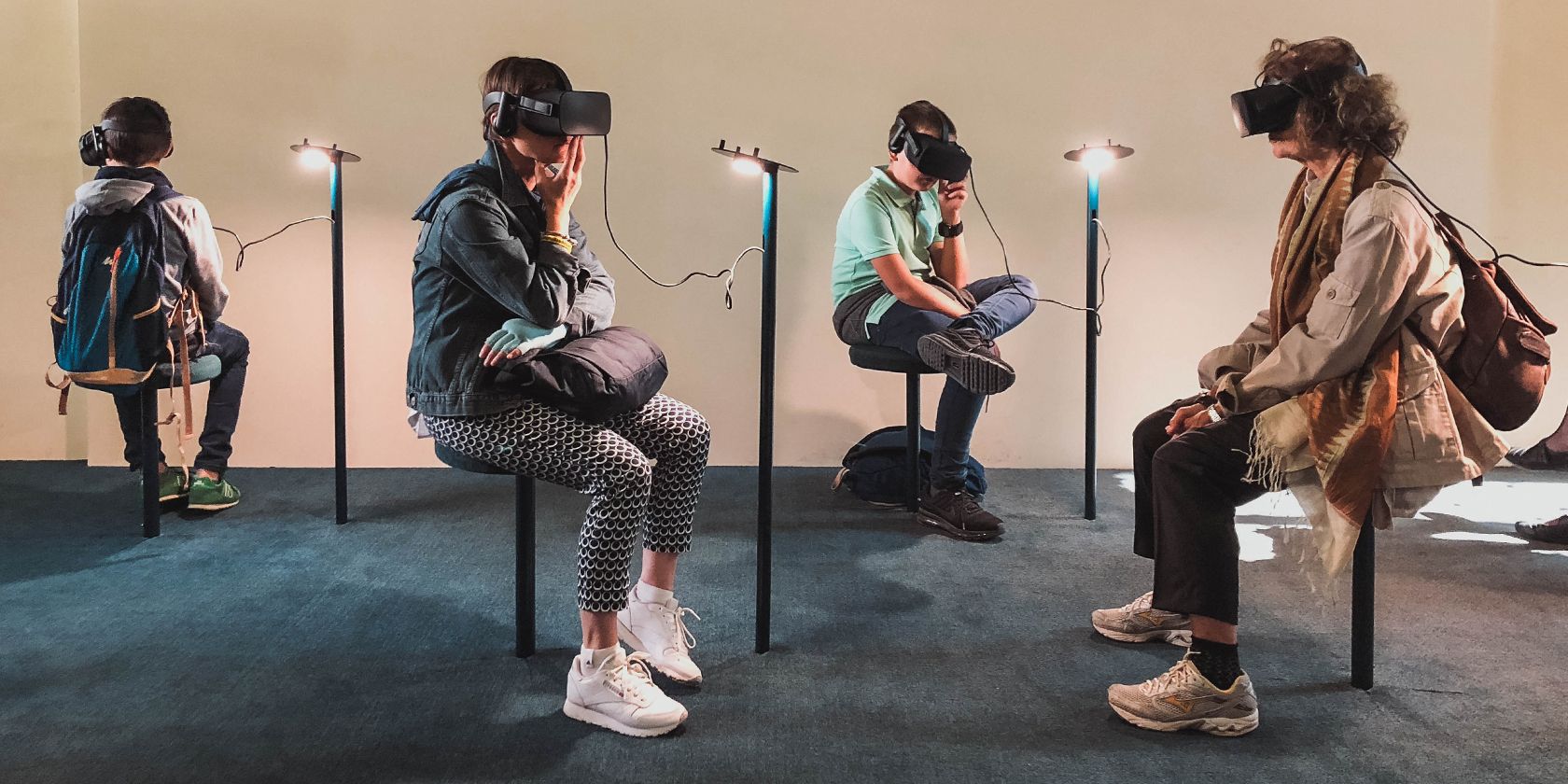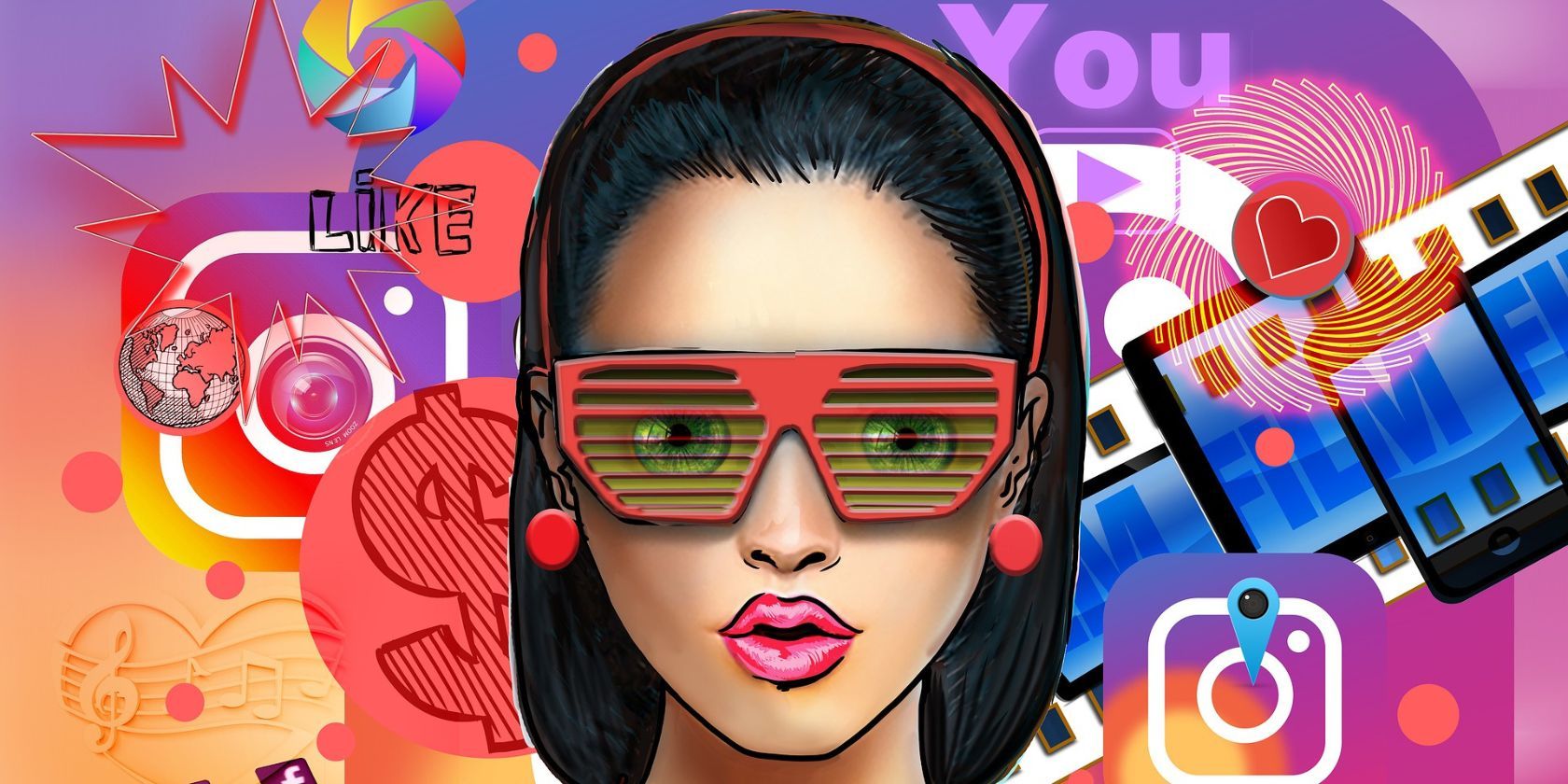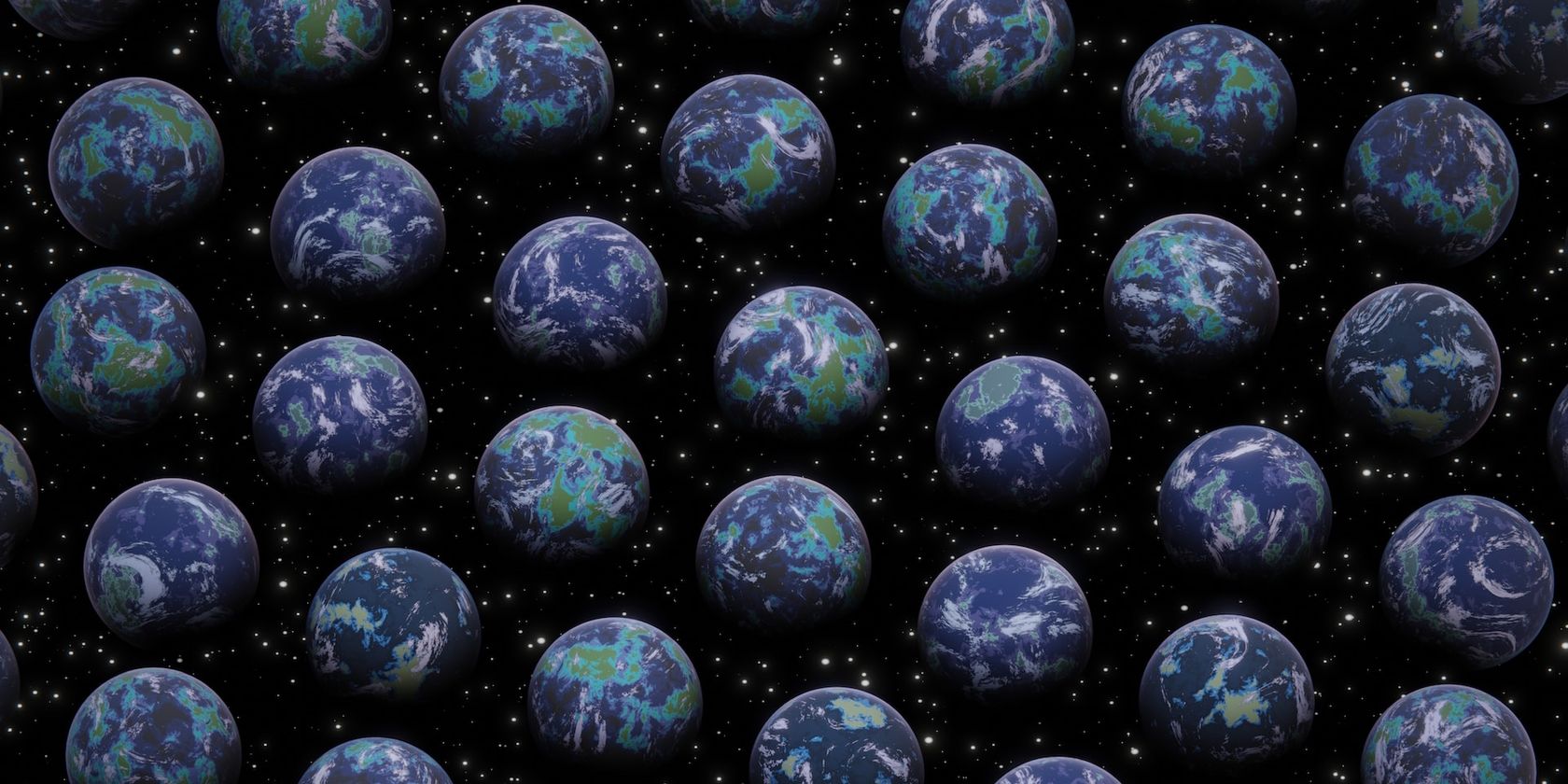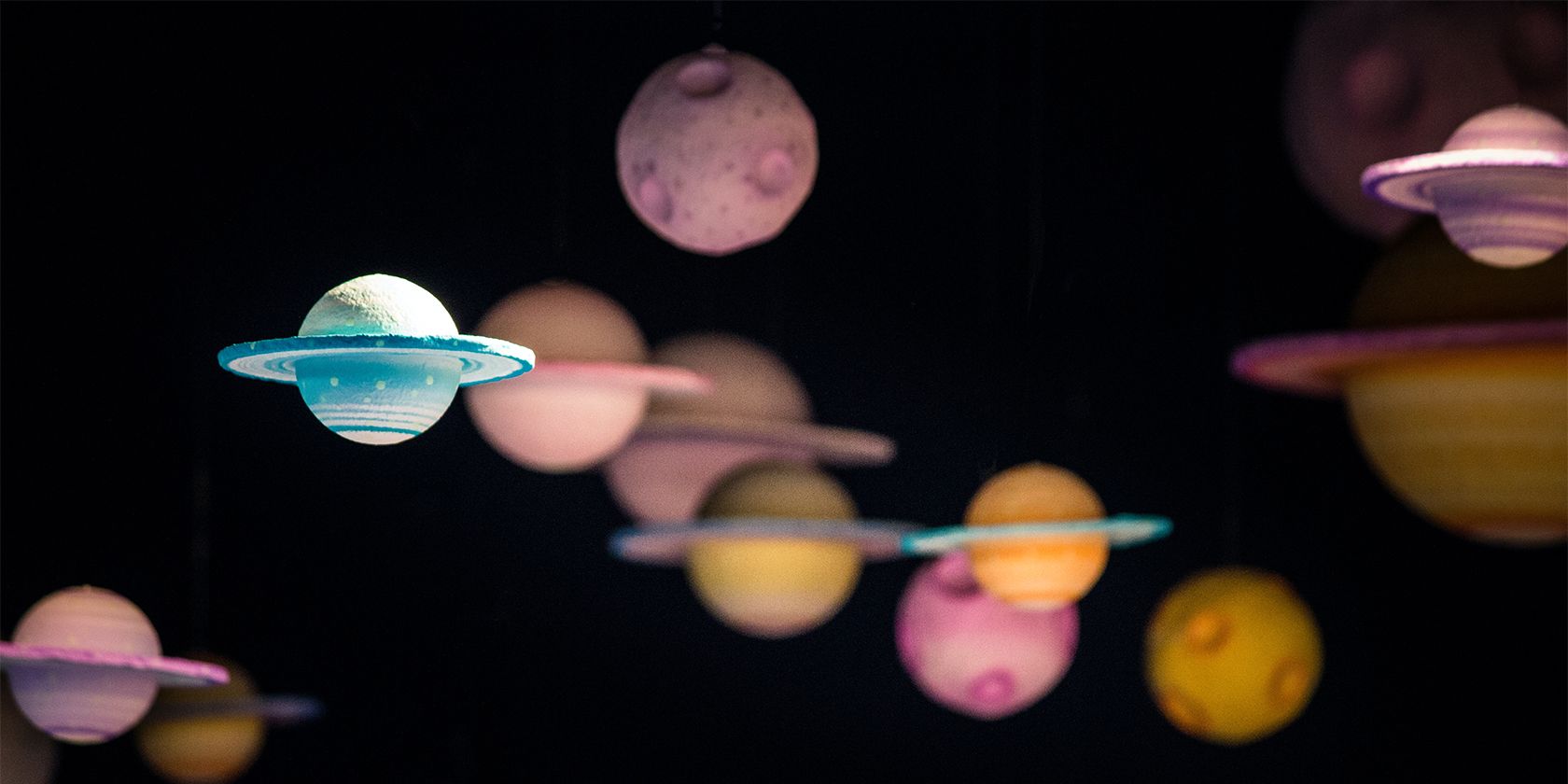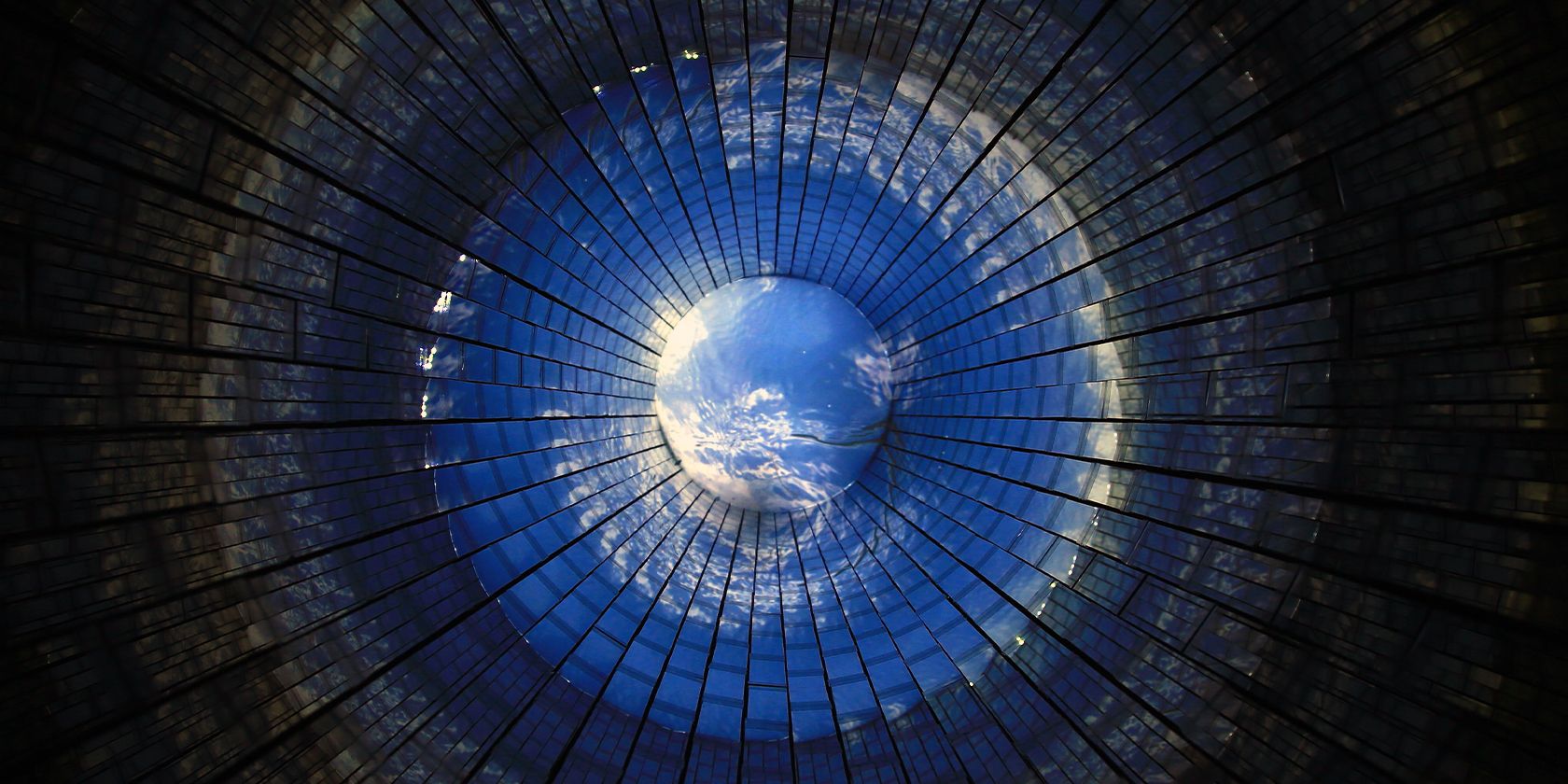You probably come across the term "metaverse" now and then. Popular culture icons like Ready Player One and The Matrix have featured it, as have tech giants like Facebook and Microsoft. But if you're into Marvel comics and movies, you might have also heard about the "multiverse."
The metaverse and multiverse are two terms that sound so similar, yet they are significantly different and have different approaches to reality. So, how are the two concepts different?
What Is the Metaverse?
The metaverse (What is the metaverse?) refers to a virtual world with an immersive and interactive experience, transitioning between the physical and digital worlds almost as seamlessly and naturally as possible. People can connect, work, play, learn, and shop using devices like VR headsets, computers, smartphones, augmented reality glasses (how smart glasses work), or video gaming consoles in the metaverse.
The metaverse is touted to work just like or even better than the internet and has got people curious to know more about this virtual space. So, what makes the metaverse unique?
1. Infrastructure
The technologies that power the metaverse make its interactive and immersive experiences possible.
One fact about the metaverse is that expansion is inevitable, and for this, it needs an infrastructure that will ensure incredible fast speed, ultra-low latency, and exceptional capacity. Once the required infrastructure is built, users on the metaverse will enjoy their time in the virtual space.
2. Human-Computer Interface
This interface is important in creating realistic and engaging metaverse experiences, affecting how you interact with, perceive, and navigate the virtual space.
You can explore the metaverse with input devices like keyboards, mice, and motion controllers and output hardware like monitors, speakers, and headphones.
3. Digital avatars
Using avatars—digital representations of people that can differ in appearance, behavior, and identity—is an essential feature of the metaverse. You can portray yourself in ways that would not come easy in the actual world, such as by changing your gender, skin color, or facial features.
Avatars also allow users to engage more realistically and engagingly with other users' avatars and the virtual world through gestures, facial expressions, voice, and haptics. This can lead to more meaningful, satisfying social connections and immersive and fun experiences.
4. Decentralization
The metaverse is governed by its users and creators rather than a single body or authority. This provides a feeling of community and cooperation, enabling you and the creators to learn from each other, support, and co-create value in the metaverse.
So, you can freely and honestly express yourself in the metaverse and explore other users' identities, interests, and passions.
In case you do not know which metaverse platform to use, here are some popular ones:
- Decentraland
- Illuvium
- The Sandbox
- Axie Infinity
- Cryptovoxels
- Bloktopia
- Metahero
- Star Atlas
- Roblox
- Somnium Space
Aside from these platforms, several tech giants have also invested in the metaverse. They're investing in it as they see that the metaverse could become one of the next big technological advancements in our society.
What Is the Multiverse?
It is easy to picture what the multiverse is like if you enjoy watching or reading science fiction movies or books. The logic behind this concept is that, within what we call the "earth" or time and space, there are other universes whose experience differs from ours.
The multiverse is a theoretical or fictional concept with no conclusive evidence. However, a posing challenge with delving into the multiverse is that it raises philosophical and ethical questions that need to be answered.
For instance, if multiple versions of ourselves exist in different universes, what does that mean for our identity and free will? Are we unique or interchangeable? Do we have moral obligations or responsibilities to our counterparts in other universes? How do we cope with the possibility that our universe is not optimal or desirable?
In his 2014 book "Our Mathematical Universe," Mag Tegmark said, "Our entire universe may be just one element—one atom, as it were—in an infinite ensemble; a cosmic archipelago." Tegmark asserted that our universe was likely one of the many universes present in an infinite collection of universes.
Although there is no way to verify the multiverse idea, this possibility is undoubtedly stimulating. Here are some perceived features of the multiverse:
1. Diversity of Universes
Some universes may be very similar to ours, with minor variations in the values of fundamental constants or the outcomes of historical events. For example, there may be a universe where the dinosaurs did not go extinct, or humans never evolved.
In the famous movie "Doctor Strange in the Multiverse of Madness," Strange leaves Earth 616, similar to our Earth, and visits other universes, including one with a jungle filled with dinosaurs.
Other universes may have fundamentally different rules of physics or dimensions of space and time than ours. For example, there may be a universe where gravity is repulsive or time flows backward.
2. Inaccessibility
The multiverse, if it exists, is beyond our reach and observation. We cannot travel to or communicate with other universes or verify their existence empirically.
The metaverse, however, is accessible and observable. We can enter and exit the metaverse at will, interact with other users and content, and create our own experiences within it.
3. Infinite
The multiverse is potentially infinite in size and diversity. There could be infinite universes with infinite physical laws and phenomena. The metaverse, however, is finite and limited by the resources and capabilities of human technology. There is only one metaverse that different platforms and devices can access, and its content and features depend on the creativity and innovation of its creators and users.
4. Unpredictability
The multiverse is governed by randomness and uncertainty. We cannot know what kind of universes exist or what events occur in them. The metaverse, however, is governed by rules and algorithms. We know what to expect regarding content and features in the metaverse or actions and possible outcomes.
The Metaverse and Multiverse Are Not the Same
These two concepts are different, as revealed above. The metaverse is a digital space anyone can access today. In short, it exists in our reality. On the other hand, the multiverse is just a concept and a theoretical space. Although we have no empirical evidence that suggests that the multiverse exists or not, no human, so far, has accessed any other plane of reality in the multiverse except our own.
If you're a virtual and augmented reality fan, you can find something valuable or enjoy exploring the metaverse. But if you're a curious learner or thinker, you could theorize about the multiverse and maybe even discover a breakthrough. But, no matter your interests, both concepts can expand your horizons and challenge your assumptions about reality.

